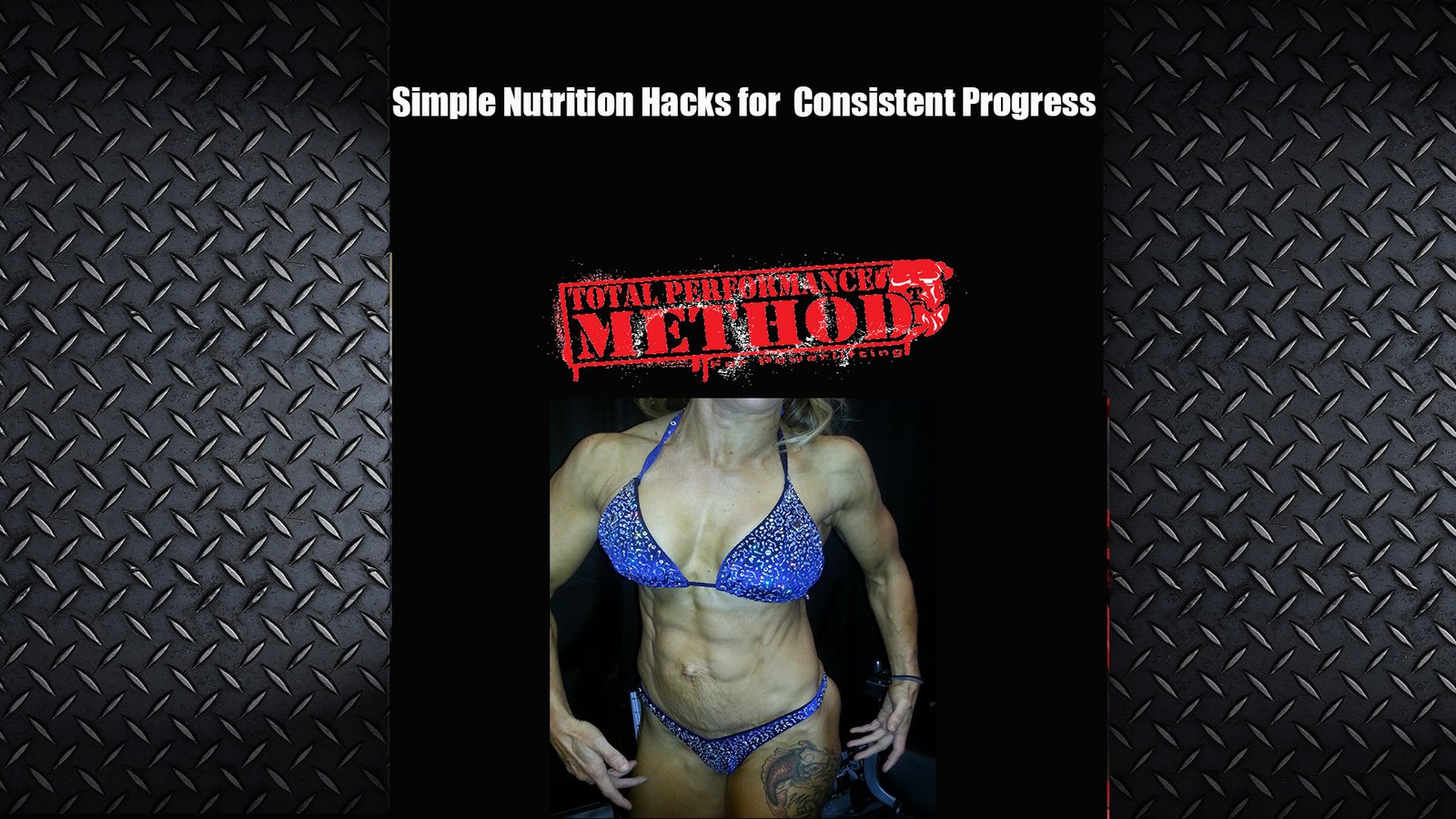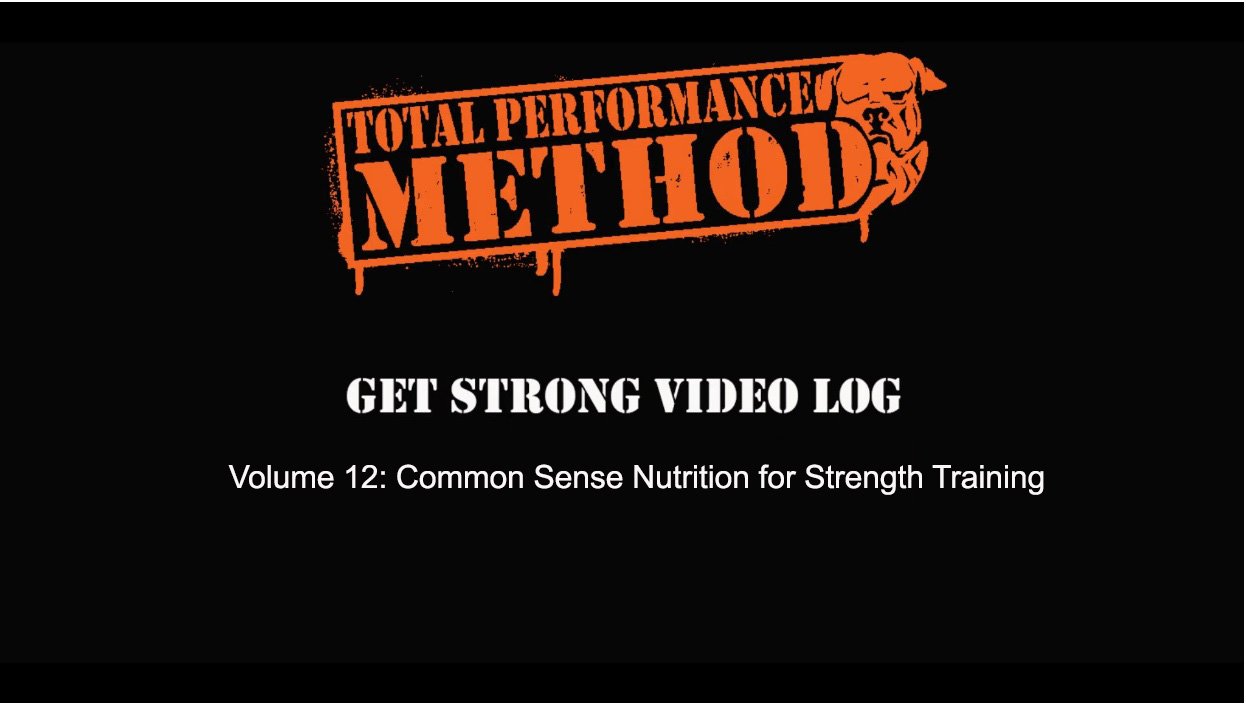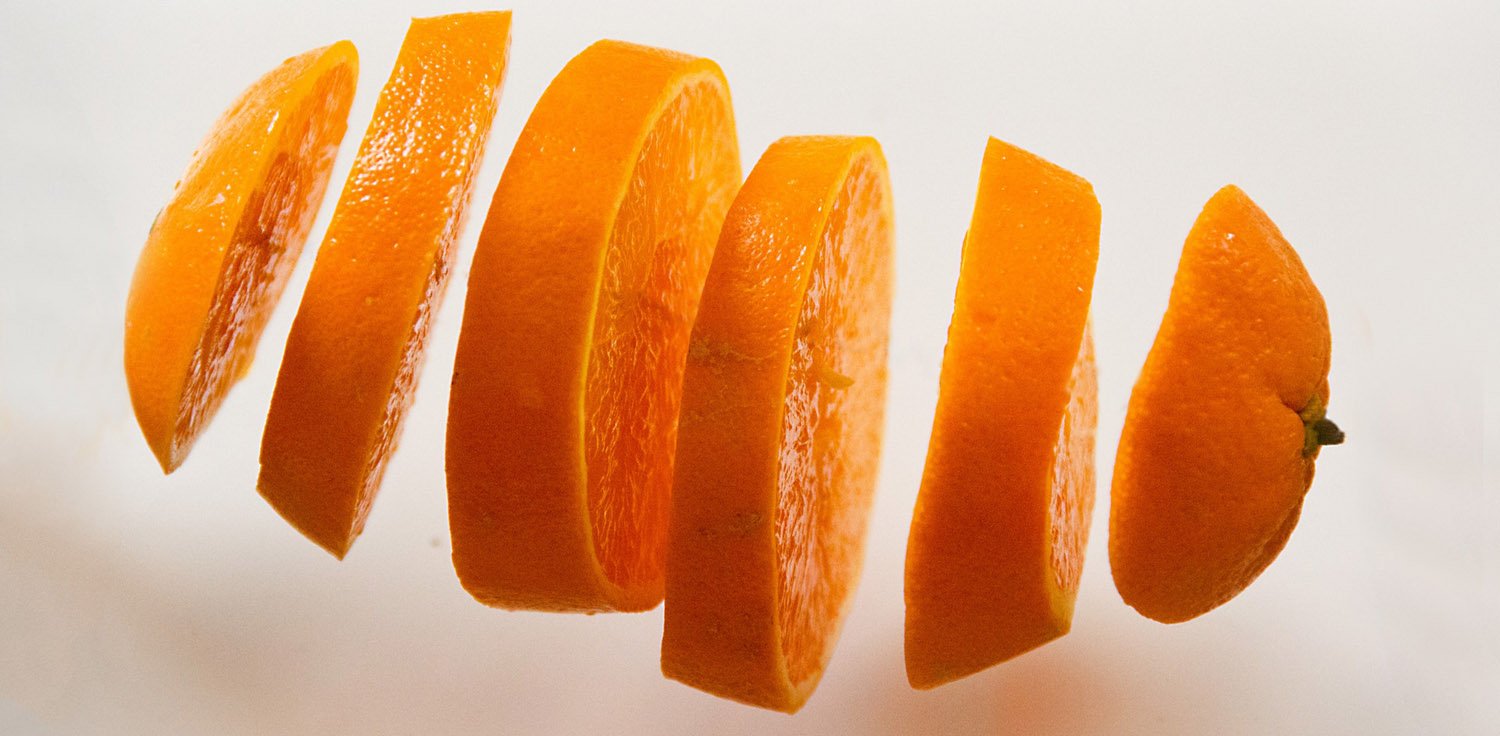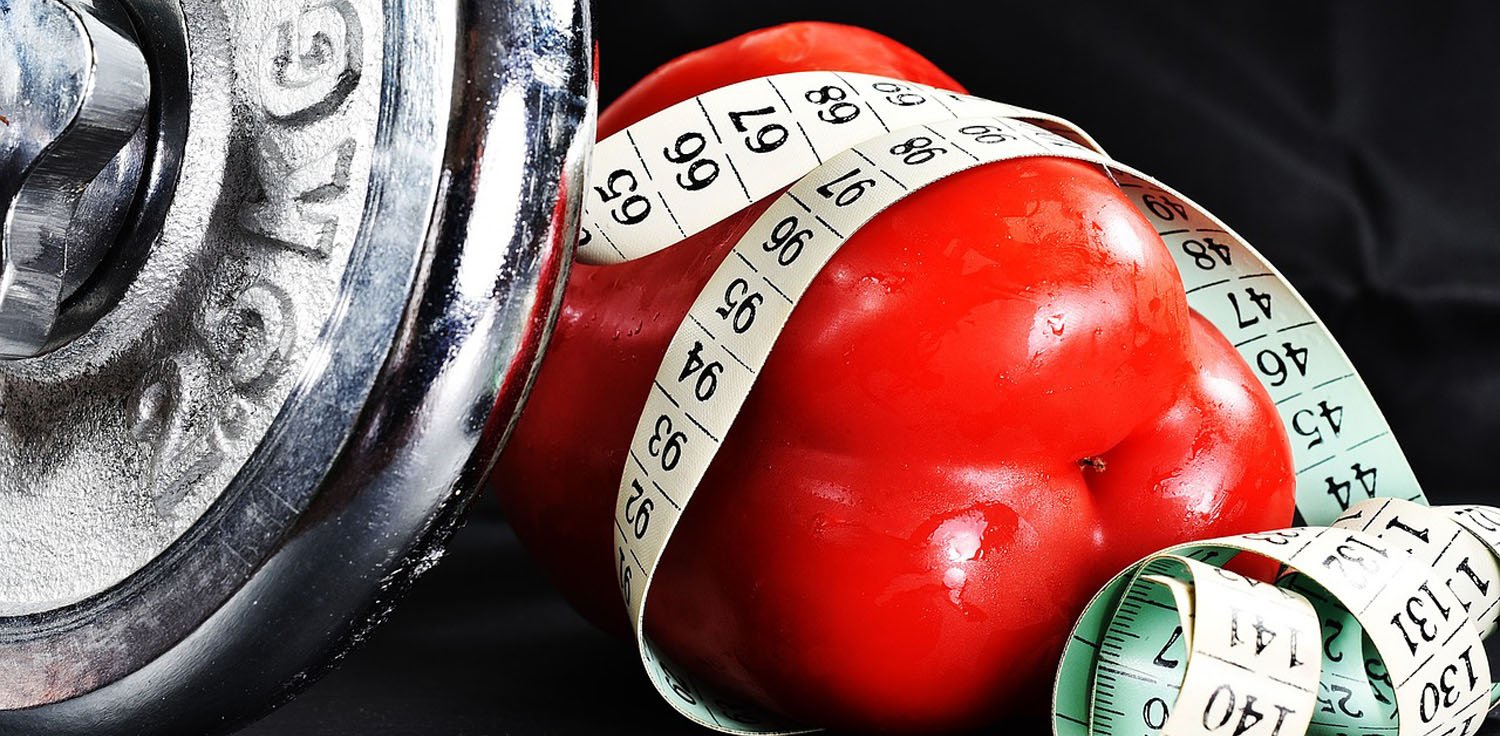OK, so I have been trying to write this article for about 6 months but with the 8 billion emails and phone calls I get daily, finding the time has been tough. As it is now, I am writing this in a few different sittings so I will try and deliver this as a coherent article.
If you’ve read my writing before you know that is a daunting task.
Benefits of a low carb diet
Let’s briefly talk about the benefits of a low carbohydrate meal plan. Limiting or removing carbs from your diet will cause a decrease in water weight and body fat quickly (as long as you don’t overdo it on total calories). It does this by forcing your body to use alternate fuel sources. I will not go into this in depth as it has been written about many times in detail. You can reference this article if you’d like to read more.
A low carb diet can also aid in controlling diabetes and there is anecdotal proof that it will help you to focus and have more “brain power” during the day. This is obviously a very quick summation of the benefits and what they may or may not do.
The downside of low carb diets
Some of the down sides of a low carb diet are that athletic performance may suffer and sexual function in males may be affected with long term adherence. Again, many articles have been written on why this happens.
Why do we use low carb diets at TPS?
We generally limit or remove carbohydrates with clients whose primary goal is fat loss for periods of time, or if we have an athlete needing to make a weight class or prepare for a bodybuilding/figure contest.
Low carb diets work well and they work quickly for this and are safe in moderation.
We include the 14 Day Rapid Fat Loss manual to all TPS Method clients when they enroll who are interested in fat loss and body re-composition as their primary goal. We have had tremendous success with this protocol and will continue to use it. The question remains, what do you do when you are ready to stop?
Coming off a low carb diet
If you were on a plan to lose fat and don’t want to gain it back, adding a bunch of carbs back in right away increases your chances of adding body fat back drastically. I don’t care about what clinical research says, I have seen it happen many times.
Most people simply return to their old eating habits and get fat again. This is not what we were trying to achieve when we suggested that you go on a low carb diet.
In the rest of this article I will give you ideas that WORK on how to cycle off and keep on eating healthy and not gain fat.
Low carb diet food choices
When we introduce a low carb diet it works well because food choices are limited. You can’t eat many or any processed foods and that alone will help you lose fat.
You are limited to protein, fat and greens. It is hard to over eat calories when you are eating chicken, fish, steak, salads, nuts and other low carb foods.
In the end, a net caloric reduction has occurred and an increase in caloric expenditure through exercise is also at play and this causes fat to be liberated and burned.
The energy system switch also contributes to fat loss. (see referenced article)
What approach should YOU use when decide to cycle off a low carb diet
We have two classes of people to discuss here: those who have lost fat and want to keep it off for aesthetic reasons, and those who took the fat off and now want to increase their athletic performance.
Both will be handled differently.
Let’s talk about the people whose primary interest is appearance. Male or female, it does not matter, we will slowly reintroduce carbs back into the diet over several weeks and try and keep them in a slight caloric deficit to prevent unwanted increases in body fat.
We do not keep people in a caloric deficit every day. Generally, we allow a day or two with a caloric surplus to prevent the metabolism from slowing down and adapting.
I suggest that for those interested in appearance you begin re-introducing carbs for the first week or two on days that you strength train.
We begin by adding high quality carbs in after the workout. As my opinions on nutrition have changed and evolved over the years, I will give you my current position on how to do this.
Future research may cause this to change, but I doubt it.
The types of carbs I suggest are root vegetables and a small amount of fruit and rice. Root vegetables are sweet potato, yams and similar foods. Rice is fine, make sure it is white rice and not brown. A piece of fruit or two is also ok. If you had a large amount of fat to lose and still have some left to go, take it easy on the fruit. One piece a day is good to start for the first week.
How much should you add back in? Well, this depends on gender and weight. I will suggest, without making specific recommendations that females add in less simply due to the fact that most females are smaller and have less lean body mass than males. On days you lift weights, start with a ½ cup to a cup of rice, or a small sweet potato with protein about an hour after you train the first week. Add in a piece of fruit the second week.
Males will use a cup to a cup and a half of rice or a decent sized sweet potato post workout the first week. Add in a piece of fruit or two the second week. Obviously you will eat protein with this.
It is also very important to remember to lower your fat intake so you don’t go overboard on calories on the days you eat carbs.
As we progress on to the 3rd and 4th weeks, you may increase the portion size for carbs post workout and watch how your abs look, and how your pants fit.
If the abs are getting less visible or the waist in your pants is getting tighter, cut back a little.
It’s all common sense.
Getting fat?
Eat less.
Starving?
Eat a little more.
It’s a journey, find your way.
After 3 weeks to a month, try adding some carbs in pre-workout. Eat about 1-3 hours before you train and begin with a small portion like one piece of fruit with some protein. See how your body responds and how your performance improves.
This is called peri-workout nutrition.
To define it simply, it means eating around your training to improve performance and attain your goals. For our purposes we will add carbs in after the training session initially and later, add them before too.
Most of what I have written so far applies to those who train in the evening. If you train in the morning or afternoon, start by adding a small amount of carbs post workout and then eat the rest after 6:00 pm for the first few weeks. Continue following my suggestions as to how to add carbs back in over the course of several weeks and watch that waistline!
You’ll get the hang of this soon and will be able to figure out how much you need to keep your body where you want it or how to get it there.
Whatever you do, do not undo all of your hard work and start eating Rice-a-Roni and Ho-Ho’s. Stick with the high quality foods and watch your portions.
Carb intake for performance athletes coming off a low carb diet
On to those interested in performance. Athletes interested in performance improvements, whether they be strength gains, team sports, adventure racing or whatever it is you like to do, will take a slightly different approach.
There is much research showing that carbs are your body’s preferred energy source for sports performance and I agree.
They are not the only source, but if your body wants them, let’s give it what it wants to make it “go faster”.
When an athlete is coming off of a low carbohydrate diet (for the purposes of fat loss or to make a weight class) we need to consider a few things:
1. Is there a weight class involved?


This could be for strength sports, wrestling, boxing, etcetera. When we add carbs back in we need to watch the scale to keep performance athlete within a few pounds of the weight class they desire to be in.
2. How concerned with aesthetics is the athlete?
Most athletes are not in this for appearance purposes.
They want to win.
We need to balance the person’s appearance with their performance. This leads to the next point.
3. What is the optimal level of body fat for this person and their sport/position?
There is much debate here in the strength and conditioning world.
I don’t see why. Some sports positions can get away with a little more body fat than others and some people will perform better at a higher body fat level that others.
We know this to be true but people love to debate.
To illustrate, a lineman in the NFL may want a little more body fat than a running back. A lineman endures multiple extreme collisions and it has been suggested that a little cushion goes a long way.
A powerlifter may also want a higher amount of body fat than a bodybuilder.
Conversely, a physique athlete like a bodybuilder or a figure competitor needs a low level of body fat, but will still need carbs to fuel them through grueling training sessions.
I am not suggesting that lineman or lifters should be fat, just that a little body fat can have its benefits as long as you are in the healthy range.
With these types of people we will add roughly the same amount of carbs back into the diet at the same rate for the first few weeks. After about 3-4 weeks, I suggest that they begin to add more carbs in at more meals.
I won’t discuss the number of meals that you should eat as this goes more to your mentality and work schedule.
Some people do best when they have to eat on a schedule and some hate it.
Some people simply cannot stop work every 3 hours for a feeding.
At the end of the day, total calories are really the biggest factor.
How many meals you eat can affect your results, but eating every 3 hours is not necessary.
The best advice is to find a plan that works for you.
Anyway, I suggest that performance athletes work up to eating carbs at just about every meal with the bulk of carbohydrate around training times (peri-workout).
To illustrate, let’s use a powerlifter as an example, this will be true for most athletes as well. Our lifter trains at 4:00 pm.
In the 3-4 week period after they come off the low carb diet, we will have them add a small amount of carbs about 1-3 hours before they train and a small amount after.
I suggest they then add in some carbs with their first meal too. Keep the portions small and increase slowly over time depending on your body fat levels and performance.
If you don’t feel you need more, don’t add them.
Once we are 8-12 weeks off of the low carb diet it is a good idea to begin adding in more around the workout.
This is done keeping in mind the waistline and the performance.
If all is going well, as I said above.
Eventually a performance athlete will be eating carbs all day but not to extreme levels initially.
Final thoughts about coming off a low carb diet
Remember, a big person needs more calories than small person.
Also remember a little goes a long way, especially for those in a weight class.
Try this strategy out and see how it works for you. We have had great success with it.
If you have tried it and don’t get it, or are a little nervous about doing it alone, consider a Nutrition Consultation from TPS.
We do all of the decision making for you.
All you need to do is follow the plan.
Finally, I didn’t discuss protein and fat much because the focus here is adding carbs back in. When adding carbs back in, you do not need as much protein as when you are not eating them.
Cut your protein back about 5-10% to start. Watch the fat intake on strength training days.
The best rule of thumb is to not add fat to your diet. You will get enough from your foods on strength training days.
On off days if you are eating less carbs or none at all, add a small amount of healthy fats in to keep you full and get the benefits of them.
I hope this clears things up for you and you can now enjoy a nice sweet potato after your workout.










Leave A Comment